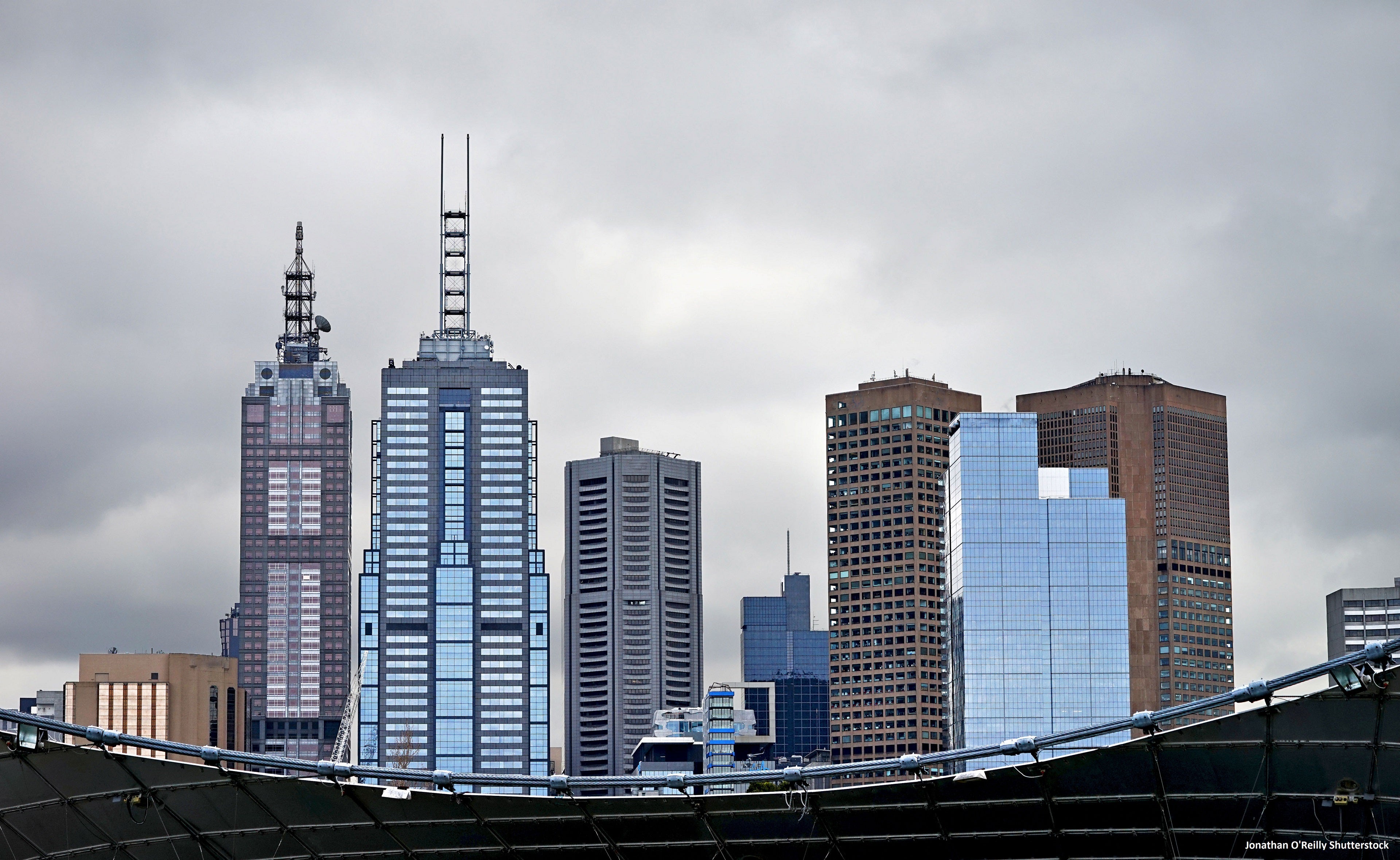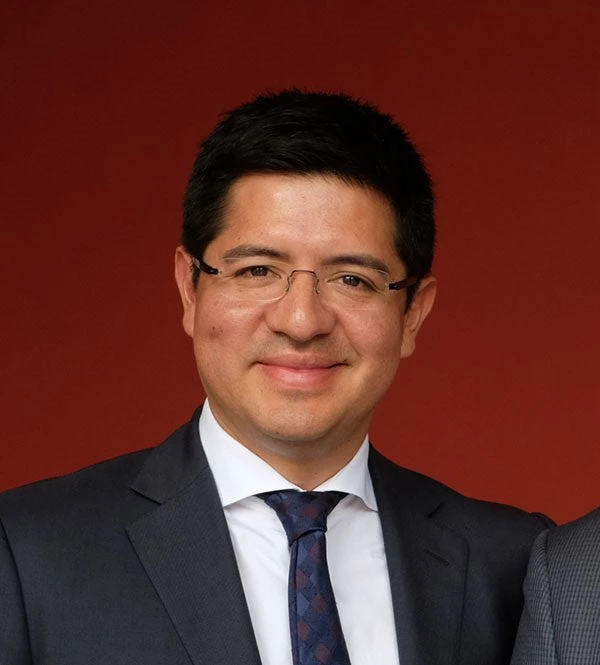
The world is urbanizing fast—200,000 people are moving to cities every day in search of homes, jobs, as well as education and healthcare services for their families. Supporting this influx with proper infrastructure and services for water, sanitation, transport, and green spaces will require an estimated $1 trillion each year.
Given the difficulties of further increasing the tax burden or the level of public debt, it’s time for cities to think more creatively about alternative sources of funding.
Not willing to wait for their national governments to bless them with scarce infrastructure funds, innovative mayors have figured out how to squeeze a new source of urgently needed capital out of thin air, literally .
When a building’s actual floor area is less than its maximum land use, the difference is referred to as “unused development rights,” “air rights” or “excess density rights.” Selling these “development rights” can help cities generate revenues to finance urban infrastructure investments.
By adding and selling developing rights over existing properties, instead of giving them away for free, local governments also increase their future property tax revenues as real-estate values increase.
This approach has been used to increase revenues in cities such as Stuttgart, Hong Kong, as well as Paris, where the “Plafond légal de densité” was first implemented in the 1970s.
In New York City, the mayor announced a deal in July to allow the Catholic Archdiocese to sell the valuable 1.1 million square feet of air rights of St. Patrick’s Cathedral—for a 20% fee—to improve the area’s streets and public transit and encourage development in midtown Manhattan.
Budget-strapped mayors in the developing world have got the message. They are offering three persuasive arguments for selling development rights:
- Building rights are public patrimony;
- Higher densities require additional infrastructure that must be financed; and
- Excess building rights can be separated from land rights and defined by the public interest.
- In 2014, Brazil’s most populous city, Sao Paulo, reduced all land rights to a basic Floor Area Ratio (FAR) of one (1) with higher zoning maximums in different areas. This process began with the city’s 2002 Strategic Master Plan, which applied “charges for additional building rights,” known as OODC. Moreover, to redevelop large areas, “urban operations (UOs),” the city issues special “potential additional construction bonds,” which are sold by auction in the Stock Market. The revenue is used for improving infrastructure as well as for developing social housing within the UO perimeter. Sao Paulo currently has four UOs located in Centro, Faria Lima, Agua Espraiada and Agua Branca. Land values in the Faria Lima business district have reportedly risen from US$300 to US$7,000 per square meter. The revenues from Faria Lima and Agua Espraiada alone have totaled over US$2.5 billion.
- The municipality of Porto Alegre managed to acquire 13.2 hectares for infrastructure development by compensating property owners with development rights that could be used elsewhere in the city. The result was the Avenida Perimetral, a new artery along the avenue, including tracks for Bus Rapid Transit (BRT) service. Fifty percent of the cost (US$9.8 million) was covered by the Transfer of Development Rights, representing 65 percent of the land acquired in a way that avoided expropriation or contested judicial orders.
- To raise what turned out to be US$62 million to renovate the Joaquim Américo soccer stadium in the city of Curitiba for the 2014 World Cup matches, the Brazilian National Development Bank loaned the money to the government of Paraná to be transferred to the owners of the stadium, who received “potential construction rights,” building rights from the city to be used as collateral. The city then sold those rights, known as “CPCs,” against development rights granted in different parts of the city. CPCs have become a kind of locally created currency.
Selling development rights can help budget-strapped cities to finance much needed urban infrastructure. Adding development rights to private property is also a win-win: the owner’s building increases in value, which the city can tax at a higher rate. The government can then use the revenues to fund public infrastructure that will benefit all citizens rather than a privileged few.
Related
- Publication: Financing Transit-Oriented Development with Land Values
- Publication: Theory of Land Value Capture and Its Instruments
- Video blog: Investing in resilient cities can help the urban poor
- Subscribe to our Sustainable Communities newsletter
- Follow us on Twitter (@WBG_Cities) and Flipboard




Join the Conversation